Science Behind Topwater Lures
Unveiling the Secrets of Top Water Lures: The Science Behind Topwater Lures Irresistible Attraction to Big Fish
Introduction to Science Behind Topwater Lures
As a serious angler, the thrill of catching a big fish is unparalleled. However, catching a large fish takes skill and understanding of not just the type of fish you are trying to catch but also the type of bait or lure to use.
One type of lure that has become increasingly popular in recent years is topwater lures. These lures are designed to mimic prey that stays on the surface of the water and can provide an exciting fishing experience.
Explanation of Top Water Lures
Topwater lures refer to baits or lures that float on the surface of the water. Unlike other types of bait like jigs or worms, topwater lures stay on top because they are designed to mimic prey that stays on the surface like frogs, small mammals or insects. The angler will cast out their line with a topwater lure and then manipulate it with various techniques in hopes for a fish to strike it.
Topwater lures come in different shapes, sizes and styles which provides anglers with numerous options depending upon the species sought after and fishing conditions encountered. Some topwater lures have built-in rattles which create sounds under the water’s surface while others may be equipped with propellers or blades which generate vibrations underwater.
Importance Of Understanding The Science Behind Top Water Lure Attraction
While throwing any old bait into the water may sometimes result in catching something, using topwater lures effectively requires a deeper understanding of how fish perceive their environment and what triggers them to strike at prey. Experiments have shown time and again that different factors such as colour, shape, size and movement all play important roles in whether fish will take your bait or not. Understanding how different types of fish behave under specific conditions can help an angler choose specific types or colours when selecting their lure as well as manipulate them effectively to entice a strike.
For example, different types of lures will work better in different weather conditions or times of day. Without the knowledge of the science behind topwater lures, an angler may be limiting their chances of success on the water.
Brief Overview Of What Will Be Covered In The Article
This article intends to delve deeper into topwater lures and their effectiveness in attracting larger fish. The article will cover various types of topwater lures, the science behind how they work and what factors affect their success rate.
Additionally, tips on how to use these lures effectively will be provided. By developing an understanding of how these lures function from a scientific standpoint, anglers can increase their chances of having great fishing experiences as well as catch more fish when using top water lures.
The Basics of Top Water Lures
Definition and Types of Top Water Lures
Top water lures are a type of fishing bait that sits on the surface of the water, rather than sinking to the bottom. They are designed to imitate insects, small fish, or other prey that fish typically feed on near the surface.
The most common types of topwater lures include poppers, walk-the-dog lures, and prop baits. Poppers are rounded lures with concave face that creates a popping sound when jerked through the water.
Walk-the-dog lures have slender bodies and move back and forth in a zigzag motion when reeled in. Prop baits have spinning blades or props that create noise and vibration as they move across the surface.
How They Differ from Other Lures and Baits
Unlike sinkers or jigs that require constant motion beneath the surface to attract fish, topwater lures rely on visual or auditory cues to entice fish to strike. They are versatile tools for targeting species like bass, trout, pike, musky or snook in shallow waters like rivers, streams or ponds.
Top water lures can be particularly effective during certain seasons when fish are more active near the surface. In addition to their unique design features and materials used in their construction (wooden bodies or plastic), these lures can be customized with different colour schemes to simulate various prey species.
Advantages and Disadvantages
One advantage of using top water lures is their ability to produce explosive strikes from big game fish species like bass or musky. This type of fishing provides an adrenaline rush for anglers as they see their lure being attacked by an apex predator right before their eyes. However, there are some disadvantages associated with using top water lures, including limited effectiveness in certain weather conditions (windy or cloudy days), shallow waters with poor visibility, and a limited range of casting distance.
Anglers may need to use different lures depending on the location they are fishing in. Overall, topwater lures can be an excellent addition to any angler’s tackle box and understanding their basics is essential for successful fishing.
The Science Behind Top Water Lure Attraction
Understanding Fish Behavior
Effective fishing is all about understanding the habits and behaviours of the fish you are trying to catch. When it comes to topwater lures, it’s essential to understand that fish tend to feed near the surface during certain times of the year or at specific times of day.
Fish also react differently depending on the species, water conditions, and prey they are targeting. For example, predatory fish such as bass and pike tend to prefer lures with erratic movements that mimic wounded baitfish.
In contrast, species like trout may respond better to more subtle presentations. The key is knowing what type of behaviour will trigger a strike from your target species.
Visual Cues: Color, Shape, Size, and Movement
Fish are visual creatures and rely heavily on their eyesight when hunting for food. As such, visual cues play a critical role in attracting fish with topwater lures.
- Colour: Choose colours that match the natural prey in the area you’re fishing; darker colours work well in murky or low-light conditions.
- Shape: The shape of your lure should match the size and shape of local baitfish; elongated shapes emulate minnows while rounder shapes emulate insects.
- Size: Select a size that matches both your target species’ preferred prey size and matches local forage sizes.
- Movement: Lure movement must look natural; erratic movements can trigger strikes but be careful not to overdo it as it might scare off wary fish.
Auditory Cues: Sound Vibrations
Sound vibrations travel faster than light or scent under water making them an effective tool for catching fish with top-water lures. Prop baits use spinning blades to create sound vibrations that mimic baitfish activity on top of the water surface. Similarly, frogs/ insect baits with internal rattles create a sound that fish can detect from long ranges.
Olfactory Cues: Scent Trails
Fish use their sense of smell to locate prey and find mates. Some topwater lures are infused with scent attractants like shrimp, minnows and other live bait that help mask unnatural odours and increase the chances of attracting fish. However, the effectiveness of scent trails in top-water lures is still mostly debated since it’s more of a visual hunt for predators than an olfactory one.
Specific Types of Top Water Lures and Their Attraction Techniques
Top water lures are designed to mimic the behaviour of prey that is actively swimming on the surface. Different types of topwater lures are designed for specific scenarios. In this section, we will discuss three types of topwater lures and their attraction techniques.
Poppers: Creating Surface Commotion to Attract Fish
Poppers are one of the most popular types of topwater lures anglers use. They are designed to create surface commotion, which attracts fish to strike at the lure.
Poppers have a concave or cupped face that creates a loud popping sound when jerked or twitched across the surface. The attraction technique for poppers is simple but effective.
Anglers must first cast their lure near structures such as weed beds or drop-offs where fish may be lurking. Once the lure hits the surface, anglers must give it short, sharp jerks with their rod tip, creating a popping sound that mimics baitfish breaking through the surface tension.
Poppers work best in calm waters where there is little wind or wave action. The commotion created by poppers can also attract fish from greater distances since they create a unique visual and auditory cue that cannot be replicated by other types of lures.
Walk-the-Dog Lures: Mimicking Prey Movement to Trigger Strikes
Walk-the-dog lures are another type of top water lure designed to mimic prey movement on the surface. These lures have long, slender bodies and are typically made from wood or plastic materials with multiple joints along their length.
The attraction technique for walk-the-dog lures involves walking them back and forth across the surface in a zig-zag pattern using short twitches with your wrist while reeling in line with your other hand simultaneously. This motion creates a side-to-side swaying action that mimics the erratic movement of prey trying to evade a predator.
Walk-the-dog lures work best in clear water conditions where fish can see the realistic movement of the lure. They are also effective in areas with a lot of surface vegetation such as lily pads or grass mats since they can be easily worked around these structures without getting snagged.
Prop Baits: Using Spinning Blades to Create Sound Vibrations
Prop baits are a type of top water lure that uses spinning blades to create sound vibrations on the water’s surface, which attracts fish to strike. These lures typically have one or two propellers attached at the front or back end of their body.
The attraction technique for prop baits involves casting near the structure and reeling it in with a steady retrieve while occasionally jerking your rod tip. The spinning blades create sound vibrations as they cut through the surface tension, mimicking baitfish movements and attracting predatory fish nearby.
Prop baits work best in choppy waters with wave action since they generate more sound and vibration under these conditions. They are also useful when fishing for aggressive species such as bass or pike that are attracted by sudden movements and commotion on the surface.
Factors That Affect Top Water Lure Success
Weather Conditions: The Impact on Fishing Success
When it comes to top-water lure fishing, weather conditions play a crucial role in your success. Different weather factors can significantly affect the behaviour of fish.
For example, cloudy days are ideal for fishing because fish are more likely to venture out of their hiding spots when it’s overcast. On the other hand, bright and sunny days can make fish more cautious and less likely to bite.
Another important factor is wind speed. Strong winds create a surface disturbance that can make topwater lures more effective since they mimic the movements of prey in the water.
However, too much wind can make it difficult to cast and retrieve your lure properly. Temperature is also a crucial factor worth considering.
Fish tend to be more active in warmer waters but become sluggish in colder temperatures. As such, during hot summer months or warm spring days, you may want to consider using faster-moving lures.
The Best Time of Day for Top Water Lure Fishing
The time of day, when you go fishing with a top water lure, makes a significant impact on your success as well. For instance, early morning and late afternoon or evening hours are considered ideal times for topwater lure fishing because these periods coincide with feeding times for most fish species. During these hours, the sun is lower on the horizon, casting long shadows that create darker cover areas where baitfish congregate for safety reasons.
Predatory gamefish use this time to attack their prey from below while they remain hidden in these cover areas. That being said, this doesn’t mean that daytime hours aren’t suitable for fishing with topwater lures; many anglers have had success using them during midday hours as well.
Finding Fish: Location Matters
In addition to weather conditions and the time of day, finding the right location is another critical factor for successful topwater lure fishing. If you’re not in the right spot, even the best lure won’t catch fish.
When targeting fish with topwater lures, it’s essential to identify areas where baitfish and other prey are abundant. Look for areas with structure such as weed beds, submerged logs or rocks, or drop-offs where gamefish can ambush their prey.
Another important element is water depth. Some species of fish prefer deeper waters while others stay near the surface.
Paying attention to your surroundings and water depth will help you determine which types of lures are most effective for attracting different species of fish. It’s also worth noting that different bodies of water have unique characteristics that you need to consider when fishing with topwater lures.
Factors like temperature, light penetration, and salinity levels can play a significant role in your success as an angler. Therefore it’s essential to research beforehand about these factors before heading out on your angling adventure.
Tips for Using Top Water Lures Effectively
- Proper Equipment Selection: Selecting the right equipment is crucial in any type of fishing, and topwater lure fishing is no exception. The rod should be medium to heavy power and fast action, with a length of 6-7 feet. The reel should have a high retrieve ratio, and the line should be braided with a test strength of 30-50 pounds to handle the weight of the lure and any potential big fish catch. The size, shape, and colour of topwater lures should also be considered when selecting equipment. Small lures are perfect for targeting small fish species or when fish are feeding on smaller prey. Larger lures attract larger fish that are looking for bigger meals. Colour can also play an important role in attracting fish. Bright colours work well in clear water, while darker colours tend to work better in murky waters. It’s important to match the hatch – try to mimic the prey species that are found in that body of water with your top water lure selection
- Retrieval Techniques: Retrieving a topwater lure requires patience and practice. One technique is the “walk-the-dog” method where you twitch your rod tip back and forth while reeling slowly, making your lure move left-to-right on the surface of the water imitating prey struggling on top of the surface tension. Another technique is popping or splashing your bait by pulling it towards you repeatedly causing surface ripples as it swims along replicating fleeing baitfish. there’s steady retrieval which involves simply moving your topwater lure steadily along without stopping to create a slow steady wake but this method is not as effective because it doesn’t create much disturbance at all It’s important to experiment with different techniques until you find what works best for you and remember that presentation and movement is key to enticing fish to strike.
- Experimenting with Different Lures: Experimenting with different lures can help you figure out what type of lure works best for a particular body of water, time of day, or fish species. There are many types of top water lures available in the market such as poppers, walk-the-dog lures, buzz baits, prop baits and more. When experimenting with different lures, it’s important to pay attention to how each one performs during different weather conditions and times of the day. For example, buzz baits tend to work well early in the morning or late in the evening when fish are more active and feeding closer to the surface. Poppers on the other hand tend to provoke strikes during mid-day which is when prey animals usually move towards surface waters as they feel safer from predators coming after them from deeper waters. It’s important not to get too attached to one specific lure and instead experiment until you find what works best for you; every angler has their preferred lure types but being open-minded will allow you to catch a wide variety of fish species at different times throughout the day.
Conclusion
After understanding the science behind topwater lures, it is evident that there is much more to consider than just their physical appearance and movement. These lures must not only mimic the prey but also attract fish through auditory and olfactory cues.
The right retrieval technique must be used, and factors such as weather conditions, time of day, and location can drastically affect success. It’s crucial to remember that no two days of fishing are the same, and it’s essential to experiment with different types of topwater lures until finding one that works best for the situation.
It’s also important to have proper equipment selection based on the size of the fish being targeted and retrieval techniques being utilized. While science has shown us what attracts fish to topwater lures, there is still an element of unpredictability inherent in fishing.
Still, by utilizing this knowledge in addition to experimentation with various techniques and equipment setups, anglers can increase their chances of a successful catch. Ultimately whether a catch is made or not a day spent on the water enjoying all its beauty will always be rewarding.
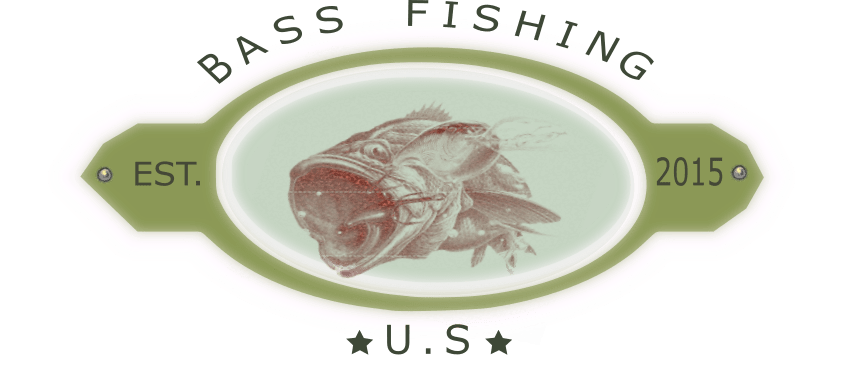

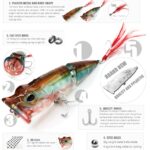
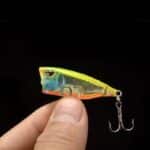
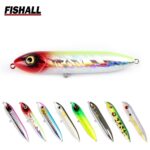

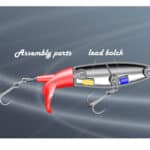
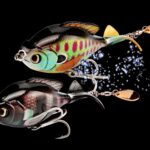
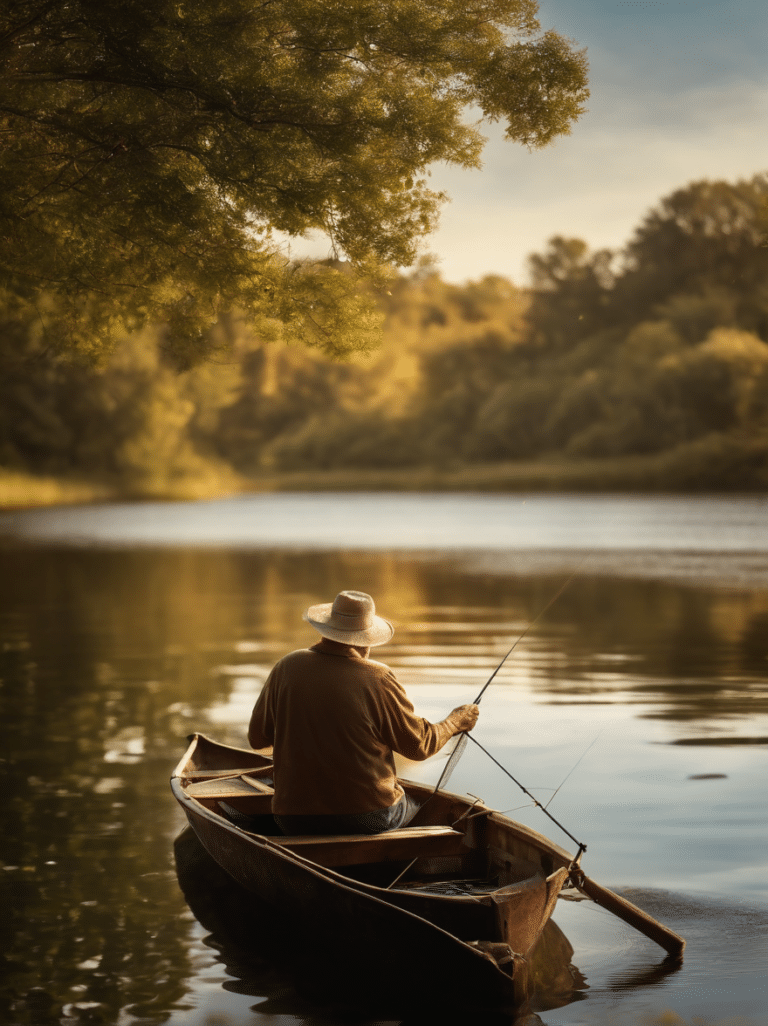

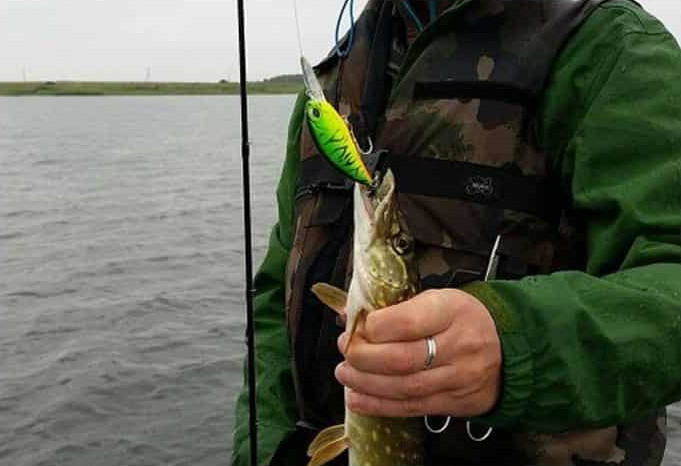
Leave a comment